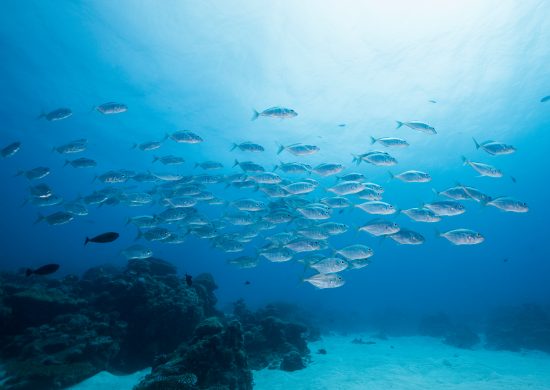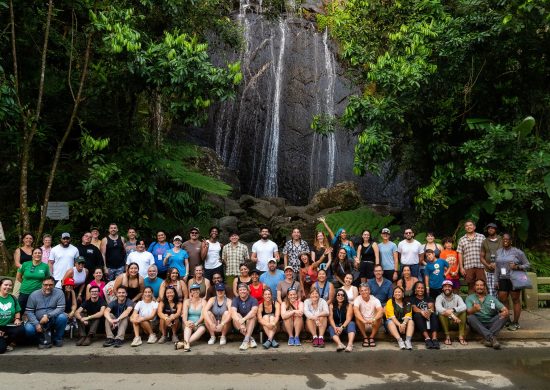I read a blog this morning by my former colleague at NRDC, Dan Lashof. Dan asked whether an infographic on combating climate instability can “save the world?” The infographic got the facts and policy right, was visually attractive, and could be read and digested in the time it takes to fire off a few tweets. It got me thinking.
It is hard to miss the rise of the infographic as a form of communication. Infographics are part of a broader trend toward greater data visualization, which has many forms econnected by a shared desire to translate data into usable information that can be digested quickly. They are all over the place. Virtually all major news outlets use them. They are the subject of blogs, including one devoted to “cool” infographics and one that features a new infographic every day, titled not unsurprisingly, The Daily Infographic. There is even a website that uses an infographic to chart the rise and use of, you guessed it, infographics. Perhaps the best indication of their ascension is a blog a few months ago in the Harvard Business Review declaring we have reached “peak infographic” and are no better for it.
Some have traced the rise of data visualization to social media, and the related expectation of more instantly accessible and terse information. This is true. But I think infographics have taken off in part because they combine data and story in a way that is compelling–and often fun. Infographics can call to mind the cartoons that many of us grew up reading. They have a bit of the flavor of a guilty pleasure, colorful, a surprise. Not at all like work.
The notion that the combination of fact, story, and brevity is an effective approach to communication is not novel. But these factors, reflected in living color in good infographics, are particularly effective in communicating about environmental policy, which sometimes can be leaden and framed in a lexicon that requires a (relevant) degree to comprehend. Environmental policy reports have to be plumbed for key points; infographics, by contrast, are the key points. The genre conveys information in a way that the left and right side of the brain can absorb. Here’s one on drinking water. Google “infographic” and your favorite environmental topic, and you will see what I mean. That doesn’t mean infographics play the role of detailed policy research. But they can be better than a traditional executive summary in explaining it to new audiences. That’s why I think Beth Kanter‘s blog about do-it-yourself infographics is a good read for environmental NGOs.
Infographics can play a role in philanthropy, too. They may be better than a typical funding proposal in conveying a problem and a set of solutions–and the pathway in between. Indeed, many infographics are a close cousin to a “theory of change“, philanthropic short-hand for what you plan to do and why you think it may work. If it were easier to produce infographics today, foundations might give serious consideration to asking prospective grantees seeking substantial grants to include one as a component of a proposal. The process of preparing one requires distillation and clear thinking. There’s no room to hide. Illustrating a complex dynamic graphically might reveal weak spots and sharpen proposed responses. If I were seeking grants today, I’d try to get infographics made on key aspects of my program. Boiling an idea down to its essence and presenting it in a compelling way is perhaps the fundament of grant prospecting.
Can a good infographic on climate options save the world? Almost certainly not. But if it helps better convey environmental policy choices and solutions, reach more people, and, well, look cool, it certainly will not hurt.
Reposted from the Huffington Post blog.



